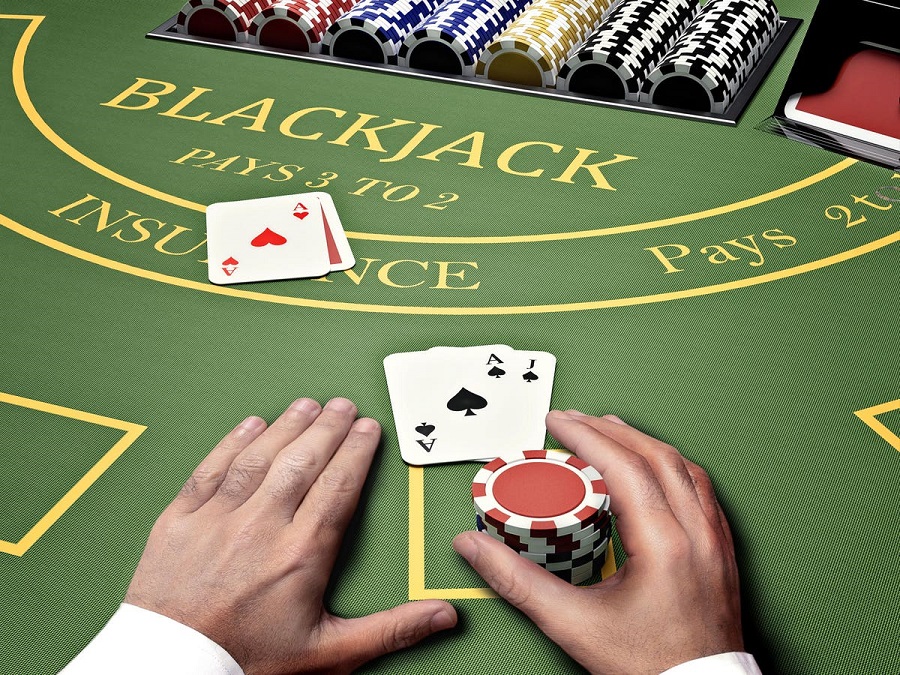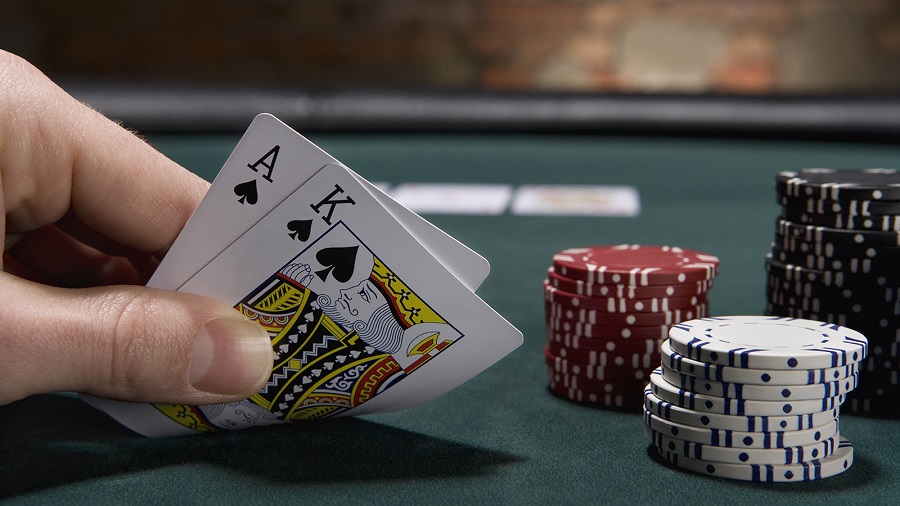
Mastering the Game: Essential Blackjack Tips for Beginners
Blackjack, an iconic game of strategy and luck, has captivated the hearts of many throughout its history. As a game, it offers the allure of both simplicity and depth, making it a perfect starting point for beginners. Yet, it’s not about random card drawing; there’s art and science behind every decision. Here’s a roadmap for those new to the world of blackjack.
Understanding Blackjack Basics
Before diving into strategies and tips, it’s vital to grasp the basic principles and objectives of the game. At its core, blackjack is a game against the dealer, where the primary goal is to have a hand value closest to 21 without going over.
The Card Values
In blackjack, number cards are worth their face value, face cards (Kings, Queens, and Jacks) are valued at 10, and Aces can be worth 1 or 11, depending on what benefits the hand more.
The Game Flow
After bets are placed, both players and the dealer are dealt two cards. Players can then decide to ‘hit’ (take another card), ‘stand’ (keep their current hand), or perform other strategic moves.
First Steps: Basic Strategy
The ‘basic strategy’ is a mathematically optimal way to play blackjack and is a foundational concept for beginners. It’s a set of guidelines on when to hit, stand, double down, or split, based on the cards at hand and the dealer’s visible card.
Memorize the Moves
Charts are available that outline the best decisions for every possible hand. While it may seem daunting, memorizing these charts is beneficial. With time, these moves become instinctual.
Reduce the House Edge
By adhering to the basic strategy, players can significantly reduce the casino’s advantage, leveling the playing field.
Money Management Essentials
Good money management is key to enjoying and potentially profiting from blackjack over the long run.
– Set a Budget:
Decide beforehand the amount you’re willing to spend, and stick to it. This prevents chasing losses and promotes responsible gambling.
– Avoid the Insurance Bet:
While it might seem tempting, taking the insurance bet in blackjack often results in losing money in the long run.
– Know When to Walk Away:
Whether you’re on a winning streak or facing a series of losses, recognize when it’s time to leave the table.

The Importance of Table Etiquette
Blackjack, especially when played in a live setting, has its set of unwritten rules. Respecting these conventions ensures a smooth and enjoyable game for everyone.
Use Hand Signals
When deciding your next move, use the standard hand signals. For instance, a swipe of the hand means ‘hit’, while holding it horizontally indicates ‘stand’.
Continuous Learning and Practice
Mastering blackjack is a journey, not a destination. Continual learning, coupled with practical experience, refines your skills over time.
Engage with the Community
Joining blackjack forums or watching professional players can provide insights and strategies you hadn’t considered.
